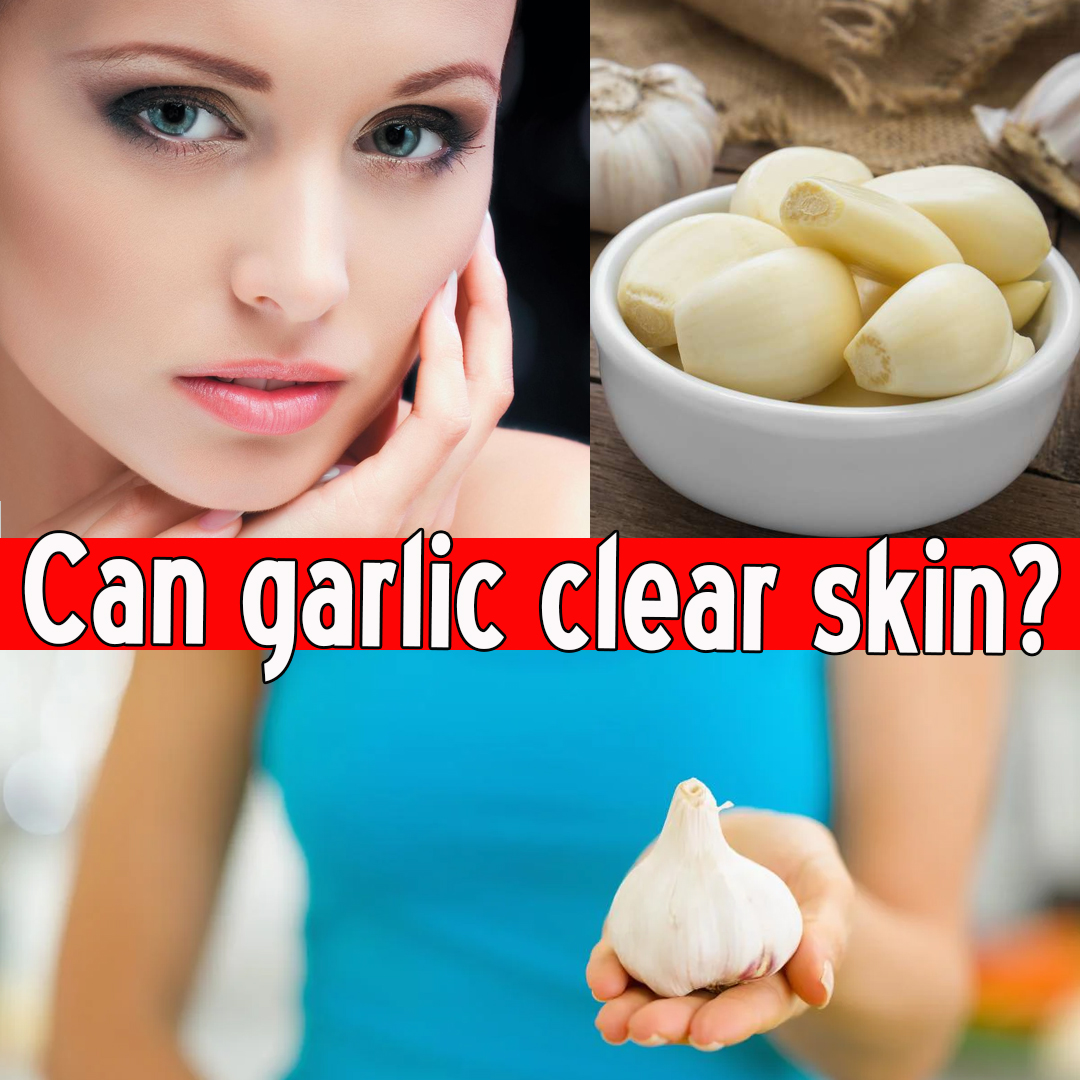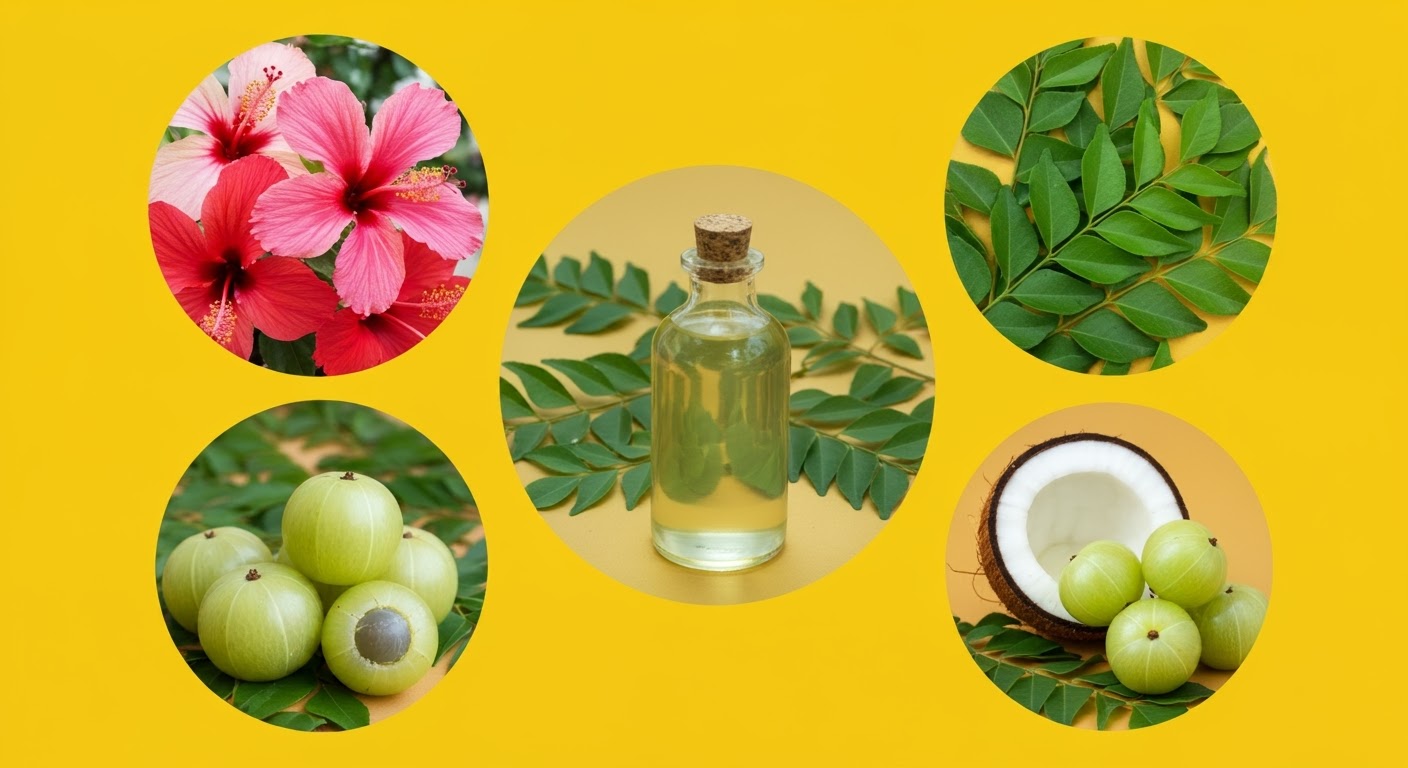Can Garlic Clear Skin? The Skin Benefits of Garlic
Garlic — a humble kitchen staple, revered across cultures for its strong flavor and medicinal properties — has sparked curiosity not only for its heart health and immune-boosting powers but also for its potential skincare benefits. The question “Can garlic clear skin?” isn’t just a beauty trend; it’s backed by historical uses and emerging scientific exploration.

Can garlic clear skin?
we will explore garlic’s nutritional profile, its antibacterial and anti-inflammatory properties, how it may help combat acne, methods of use, potential side effects, and what dermatologists say about its topical application. Let’s uncover whether garlic is truly a skin savior or simply an old wives’ tale.
1. Understanding Garlic: Nature’s Powerful Plant
Garlic (Allium sativum) belongs to the onion family and is packed with sulfur-containing compounds — most notably allicin, the compound that gives garlic its pungent smell and many of its medicinal properties.
Nutritional Profile (per 1 clove – 3g):
- Calories: 4.5
- Vitamin C: 1% of Daily Value (DV)
- Vitamin B6: 2% of DV
- Manganese: 1% of DV
- Selenium, Calcium, Phosphorus, and Iron: Trace amounts
- Antioxidants: Numerous, including flavonoids and polyphenols
While garlic isn’t rich in skin vitamins like A or E, its real power lies in its antimicrobial and anti-inflammatory properties.
2. How Garlic Works for the Skin
A. Antibacterial Properties
Garlic’s allicin has strong antibacterial and antimicrobial effects. Studies suggest it is effective against bacteria like Propionibacterium acnes, the main cause of acne breakouts.
- How this helps: Reduces bacterial colonization on the skin, potentially minimizing pimples and preventing new ones.
B. Anti-Inflammatory Effects
Inflammation is a key factor in acne, eczema, psoriasis, and general skin irritation.
- Garlic’s sulfur compounds help reduce inflammation and redness, particularly beneficial in treating swollen or cystic acne.
C. Antioxidant Defense
Garlic contains selenium and flavonoids, both of which neutralize free radicals—harmful molecules that age the skin and damage skin cells.
- Outcome: Garlic may reduce oxidative stress, leading to brighter, clearer skin over time.
D. Immune-Boosting
Healthy skin starts from the inside out. A strong immune system can better defend against skin infections and flare-ups.
- Eating garlic boosts immunity, helping the body naturally fight acne-causing bacteria from within.
3. Can Garlic Actually Clear Acne?
A. Scientific Support
While garlic has not been approved as a pharmaceutical acne treatment, many lab studies and anecdotal evidence support its use.
- A study published in the Journal of Antimicrobial Chemotherapy found garlic extract effective against antibiotic-resistant strains of skin bacteria.
- Traditional medicine systems (like Ayurveda) have used garlic pastes and oils to treat skin issues for centuries.
B. Anecdotal Success
On forums like Reddit and skincare blogs, many users report that applying diluted garlic juice to acne has:
- Reduced the size of pimples overnight
- Cleared mild acne over a few weeks
- Faded post-acne dark spots with regular use
However, it’s worth noting that garlic is a strong irritant and improper use can backfire.
4. How to Use Garlic for Clearer Skin
Note: Always perform a patch test before applying garlic to your face.
A. Topical Garlic Remedies
- Garlic and Honey Spot Treatment
- Crush 1 garlic clove and mix with 1 tsp of raw honey.
- Apply only to active pimples.
- Leave on for 5–10 minutes, then rinse with lukewarm water.
- Garlic Juice Toner (Diluted)
- Mix 1 tsp of garlic juice with 2 tbsp of rose water.
- Dab gently on affected areas with a cotton pad.
- Do not rinse immediately; wash off after 15–20 minutes.
- Garlic Oil Mask
- Mix garlic-infused oil (from health stores) with aloe vera gel.
- Apply a thin layer on the face.
- Leave on for 10–15 minutes and wash off.
B. Eating Garlic for Skin Health
Ingesting garlic provides systemic benefits:
- Detoxifies blood, leading to fewer toxins affecting the skin.
- Reduces inflammation, not just on skin but throughout the body.
- Boosts immunity, aiding in faster skin repair.
Recommended intake: 1–2 cloves daily, raw or cooked.
5. Precautions and Side Effects
Despite its benefits, garlic must be used cautiously on skin.
A. Skin Burns and Irritation
Raw garlic is very potent. Leaving it on too long can cause:
- Chemical burns
- Redness and peeling
- Hyperpigmentation (dark spots)
Dermatologists have reported second-degree burns from direct garlic application.
B. Allergic Reactions
Some people may develop:
- Rash
- Itching
- Blisters
If this occurs, discontinue use immediately and consult a doctor.
C. Safe Usage Tips
- Always dilute garlic with carrier oils or soothing ingredients (honey, aloe).
- Never leave garlic on skin overnight.
- Use it 2–3 times per week, not daily.
- Avoid applying garlic on broken skin or open acne wounds.
6. Expert Opinions
Most dermatologists do not recommend raw garlic as a mainstream treatment due to its irritant potential.
However, they acknowledge its beneficial compounds and advise using garlic-infused products or supplements instead.
- Dr. Ranella Hirsch, dermatologist: “Garlic is a wonderful ingredient — for cooking. On your skin, it can be too harsh and damaging unless properly diluted.”
- Dr. Joshua Zeichner, NYC dermatologist: “There is biological plausibility in garlic’s acne-fighting properties, but more research is needed before we can recommend it as a primary treatment.”
7. Best Garlic-Based Products for Skin (Safer Options)
- The Ordinary – Sulfur Mask
- Contains sulfur and similar antibacterial agents found in garlic.
- Garlic Essential Oil (Diluted)
- Available in many health stores; always blend with a carrier oil.
- Garlic Capsules
- Internal use for long-term detox and immune support.
- DIY Garlic-Infused Facial Oil
- Infuse garlic cloves in jojoba or olive oil for a milder remedy.
8. Who Should Avoid Using Garlic on Skin?
- Sensitive skin types
- People with eczema or rosacea
- Those prone to hyperpigmentation
- Individuals with garlic allergy (very rare, but possible)
If unsure, consult a dermatologist before trying garlic-based remedies.
9. Other Natural Ingredients That Complement Garlic
To amplify garlic’s skin-clearing effects, pair it with:
- Aloe Vera – Soothes and hydrates.
- Tea Tree Oil – Antibacterial and acne-fighting.
- Turmeric – Anti-inflammatory and brightening.
- Green Tea Extract – Antioxidant-rich and calming.
10. Conclusion: Is Garlic the Secret to Clear Skin?
Garlic holds promising skin-clearing potential due to its antibacterial, anti-inflammatory, and antioxidant properties. While anecdotal evidence and early research support its effectiveness for treating acne, it’s important to approach garlic with caution — especially when applying it topically.
For those with oily, acne-prone skin, incorporating small amounts of garlic in skincare — whether through diluted spot treatments or dietary intake — may help improve complexion and reduce breakouts. However, it’s best used alongside other gentle, dermatologist-approved products.
Final takeaway: Garlic can be a helpful ally for clearer skin, but it is not a miracle cure. Like any natural remedy, consistency, proper application, and safety are key.















Leave a Reply